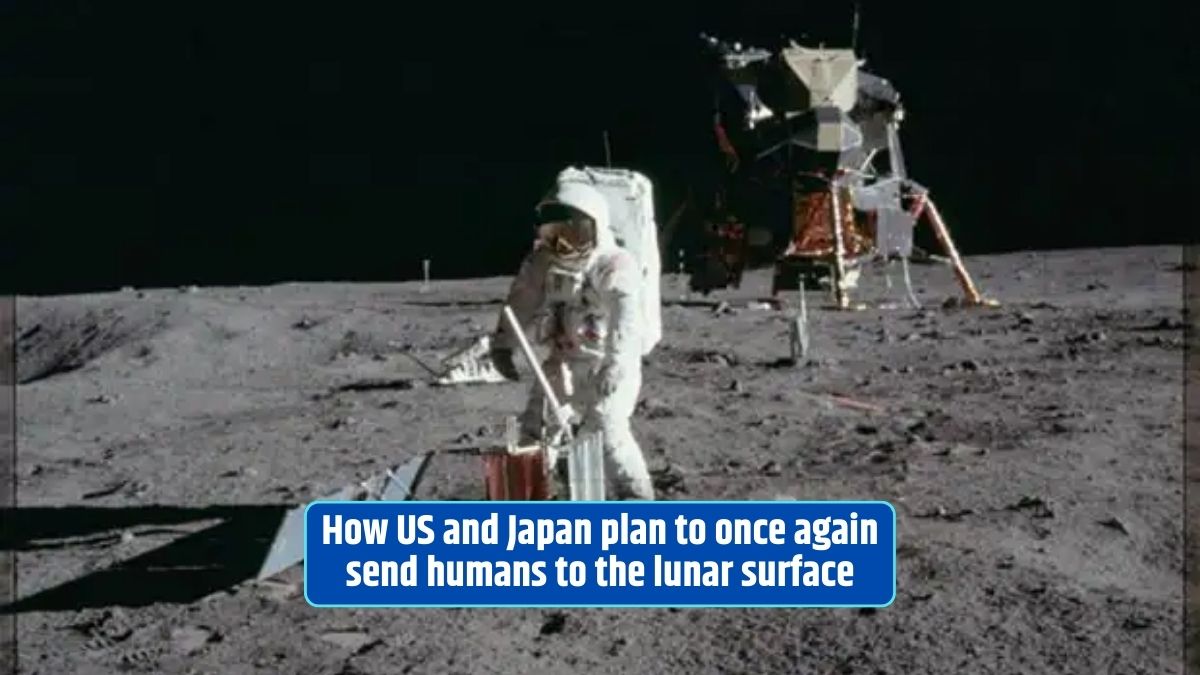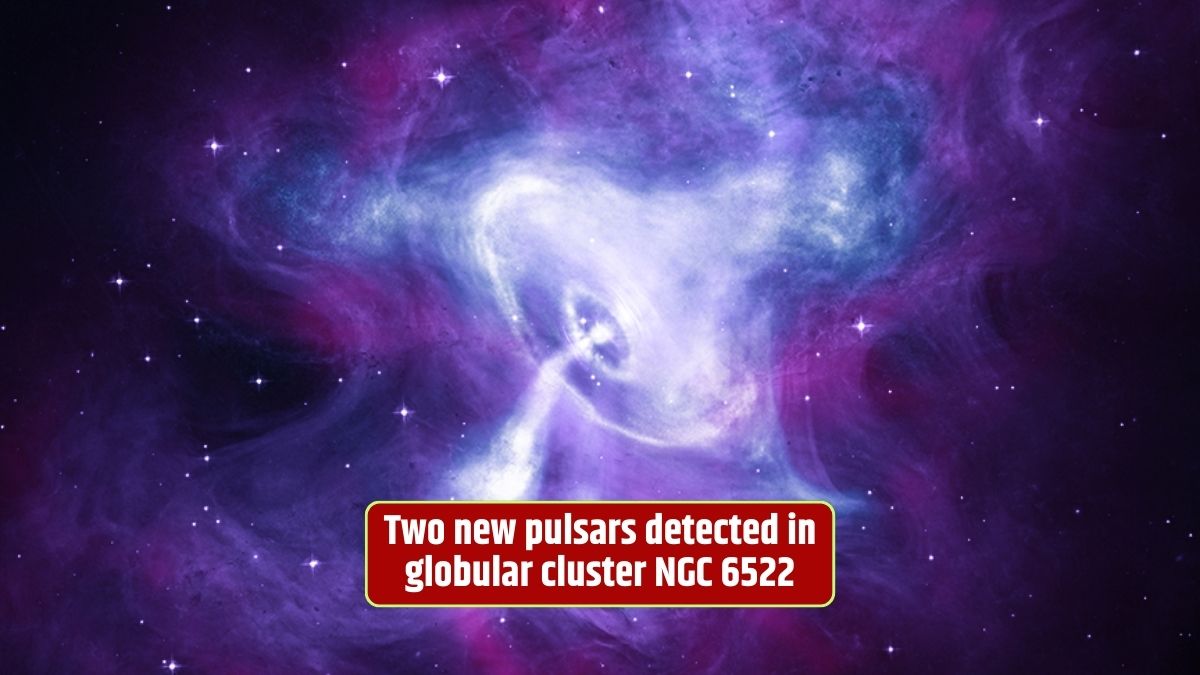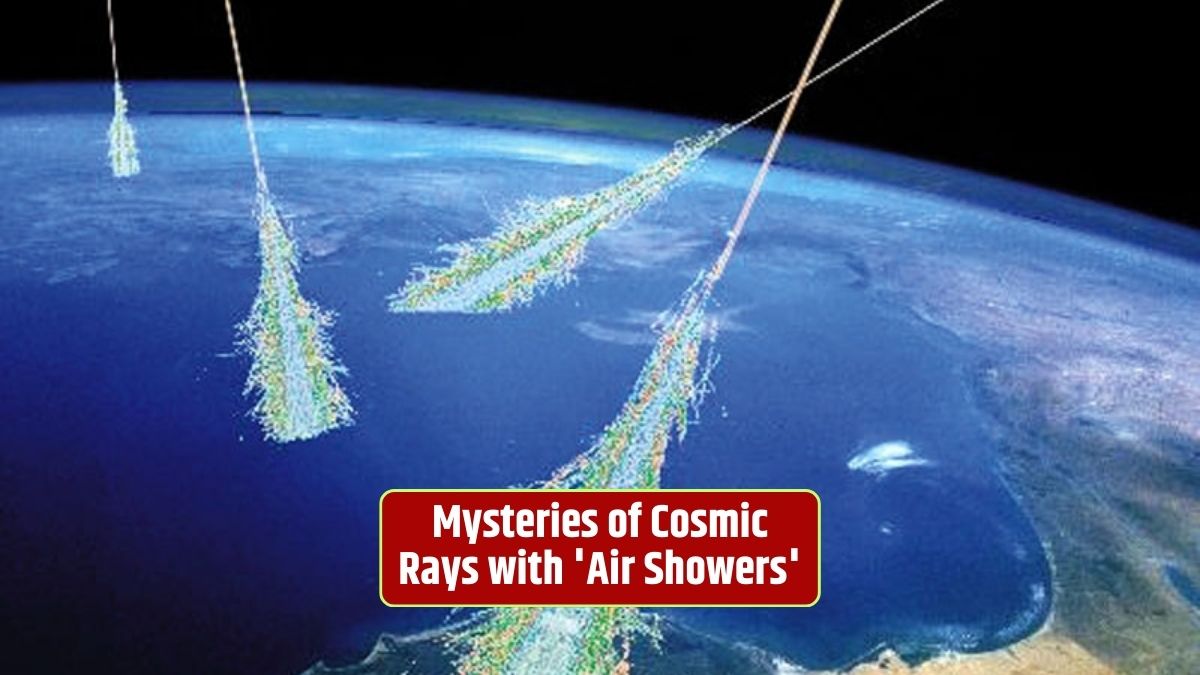The cosmos has always held an allure, an irresistible pull for humankind to explore its enigmatic depths. As we stand on the precipice of a new era of space exploration, the United States and Japan have made a momentous announcement—a commitment to send the first Japanese astronaut to the Moon.
This endeavor embodies the spirit of unity and collaboration, paving the way for unprecedented lunar exploration. In this article, we will delve into the details of this exciting mission and its implications.
Historic Collaboration
Japan’s aspiration to set foot on the Moon has long been a dream, and now, it is on the brink of realization. The recent meeting between US President Joe Biden and Japan’s Prime Minister Fumio Kishida in Tokyo bore witness to the announcement of a monumental collaboration.
These two nations are joining forces on the US-led Artemis mission, a mission that seeks to return humans to the lunar surface and chart a course for Mars.
Grand Ambitions
Artemis, the Greek goddess of the Moon, lends her name to a program that aims to achieve remarkable feats. NASA, the US space agency, is spearheading this endeavor, seeking to rekindle the spirit of lunar exploration.
Nearly half a century after the Apollo program’s last lunar landing, Artemis holds the promise of a new era in space exploration.
Apollo 17 Mission
Apollo 17, the final human expedition to the Moon, remains etched in history. Occurring from December 7 to 19, 1972, this 12-day mission shattered records. It featured the longest space walk, the lengthiest lunar landing, and the retrieval of the largest lunar samples. It marked the end of an era, but its legacy lives on, inspiring future lunar explorations.
Artemis
The Artemis program is a multi-faceted lunar exploration initiative. It encompasses a series of Space Launch System (SLS) missions, each building upon the success of the last.
The goals of Artemis are twofold: to execute an initial human landing by 2024, mitigating technical risks, and to pave the way for sustained lunar exploration in the mid- to late-2020s.
Phases of Artemis
Artemis missions are strategically divided into three phases, each marked by significant milestones. These missions center around the deployment of an SLS rocket carrying an Orion spacecraft.
- Artemis I: Proving Ground
- This uncrewed mission, previously known as Exploration Mission-1, is a comprehensive test of the Space Launch System (SLS) and the Orion module. It will assess Orion’s capacity to operate beyond low Earth orbit and evaluate its navigation and communication systems in deep space.
- Artemis II: The Human Touch
- Artemis II is a crewed mission that serves as a test for Orion’s life support systems. With four astronauts on board, the Orion module will journey approximately 8,889 kilometers beyond the Moon, execute a lunar flyby, and return to Earth. Launch is expected in 2024.
- Artemis III: The Pinnacle of Exploration
- The final phase, Artemis III, extends the boundaries of lunar exploration. Building upon the success of Artemis II, this mission docks with the Lunar Gateway and extends the astronauts’ stay to 30 days. The human landing system will transport two astronauts to the Moon’s South Pole, a region untouched by human explorers. Here, they will spend a week conducting scientific investigations, including the collection of water ice samples—a resource vital for future lunar endeavors.
Cosmic Odyssey
As the United States and Japan unite for this cosmic odyssey, the world watches with bated breath. This collaboration signifies not only a return to the Moon but a giant leap towards deeper space exploration, with Mars on the horizon.
The Artemis program is a testament to human ingenuity, curiosity, and the unwavering spirit of exploration.
FAQs
Why is the collaboration between the US and Japan significant for lunar exploration?
The collaboration signifies a momentous commitment to send the first Japanese astronaut to the Moon and underscores the global effort in space exploration.
What is the Artemis program, and what are its objectives?
Artemis is a NASA-led program aimed at returning humans to the lunar surface and setting the stage for future Mars missions. Its objectives include an initial lunar landing by 2024 and sustained lunar exploration in the mid- to late-2020s.
What were the key achievements of the Apollo 17 mission?
Apollo 17, the last manned mission to the Moon, achieved several records, including the longest spacewalk, the longest lunar landing, and the retrieval of the largest lunar samples.
What are the three phases of the Artemis program?
The Artemis program comprises Artemis I, Artemis II, and Artemis III. These phases involve increasingly complex missions, with the final phase focused on extended lunar exploration.
What is the significance of exploring the Moon’s South Pole?
The Moon’s South Pole is an area untouched by human exploration and contains valuable resources like water ice, crucial for future lunar missions.








